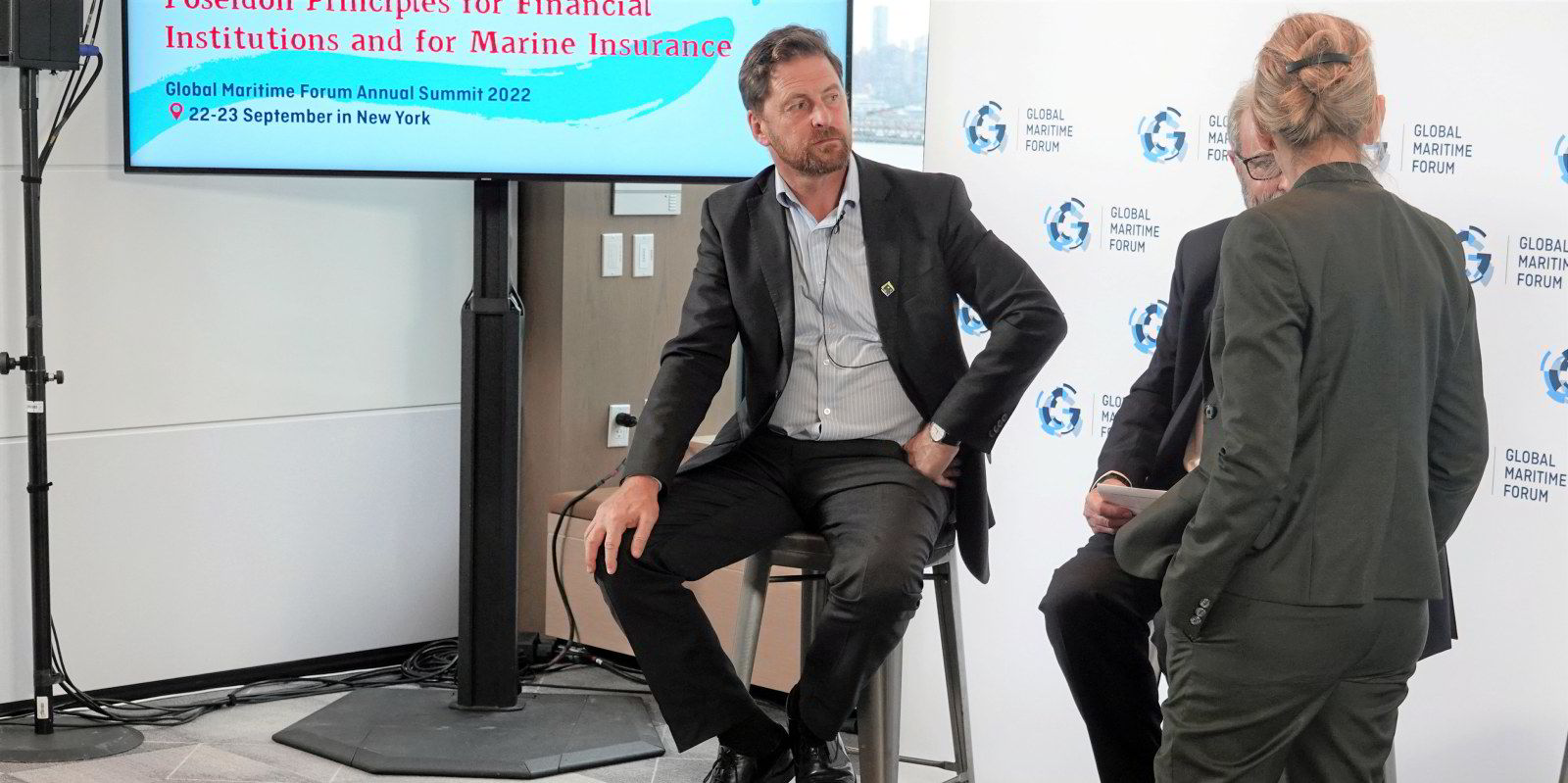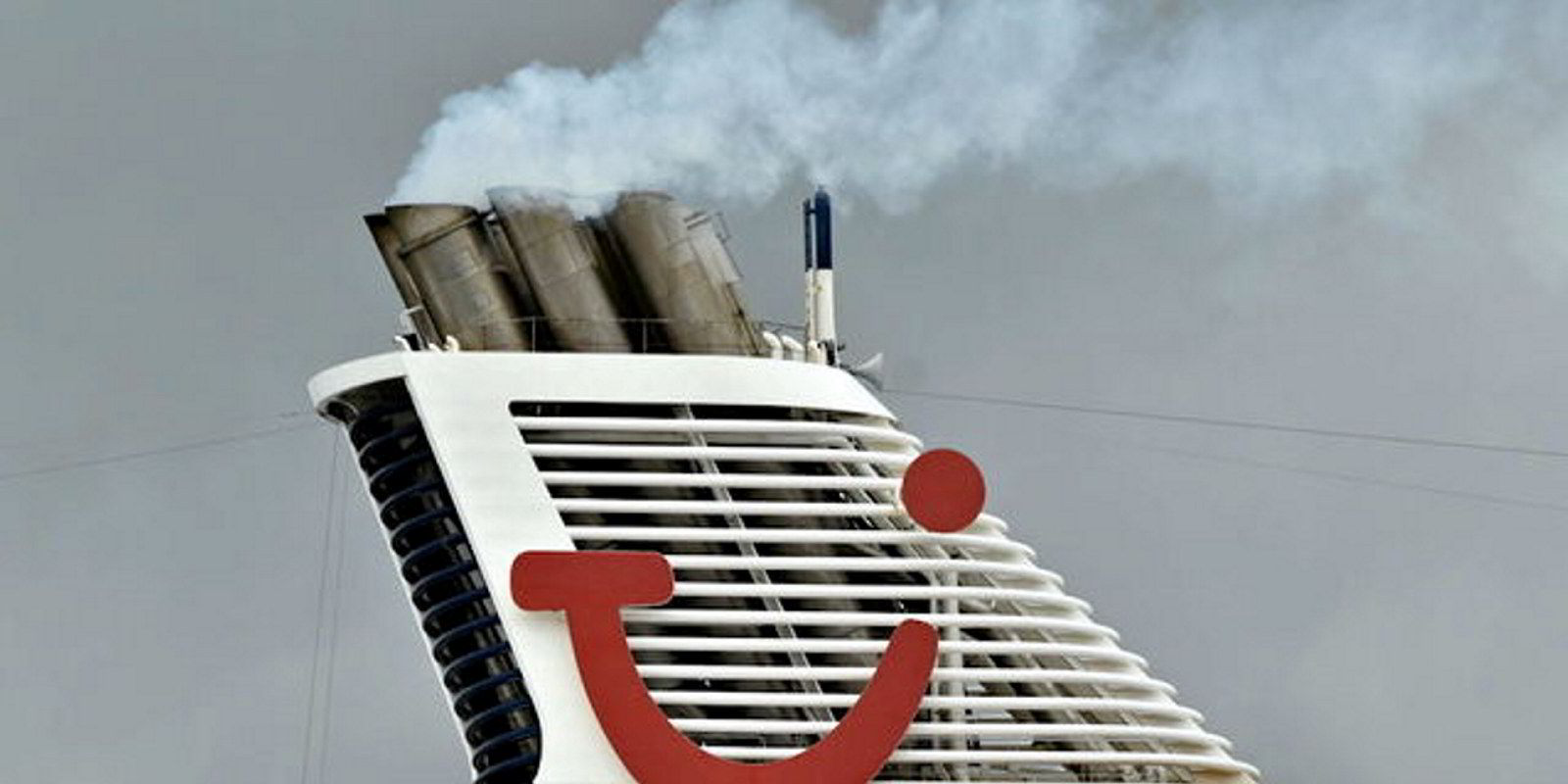Will a regulation that essentially has no enforcement mechanism have the carbon-cutting impact the way it was intended?
In the case of the International Maritime Organization’s Carbon Intensity Indicator (CII) — one of two sets of global greenhouse gas regulations that enter into force at the start of the year — the answer depends on how much the shipping, insurance and finance markets actually value the ratings that ships will earn based on their technical and operational performance.
This week our TW+ magazine delves into these new IMO regulations — including CII and the Energy Efficiency Existing Ship Index — in detail.

The CII will rate vessels with passing grades from A to C, or failing grades D and E, depending heavily on how the ships operate.
But, at least in its initial iteration, the regulation lacks any enforcement teeth.
TW+ editor Paul Berrill writes that it will remain toothless and inadequately policed unless flag states and port states are co-opted into making CII ratings meaningful.
As it stands now, while port states will be checking whether ships have the energy management plan and ratings, there is no factor in CII that could lead to detention or withdrawal of certification. And while the IMO legislation requires D or E-rated vessels to come up with corrective measures to bring these back up to a C or above, low-rated ships will for now face no penalties.
So it will be up to shipping industry stakeholders to ensure the carbon intensity ratings have an impact.
Onus on charterers?
Consultant Edwin Pang, whose Arcsilea advises clients on greenhouse gas issues, told TW+ that the regulation’s lack of an enforcement mechanism puts the onus on charterers to ensure that there are commercial consequences for ships receiving a failing CII grade.
There are some forces pushing charterers to do that. The pressure is on for major corporates to tackle their Scope 3 emissions — that is, the indirect pollution in their supply chain.

Shipping is a significant factor in those emissions, and charterers have teamed up to sign the Sea Cargo Charter, setting up a framework for reporting emissions from the vessels they utilise. But there is enormous uncertainty right now over whether charterers will be committed to ensuring CII ratings have value in shipping markets.
In fact, charterers are pushing back on signing on to contractual terms that would ensure that a ship’s owner can keep their vessel within a passing rating during a time charter. Time charters have long given major freedoms to charterers over how to operate tonnage, but staying within the good graces of CII ratings will require limitations to that.
Lawyer Alessio Sbraga, a partner at HFW, told TW+ that CII’s rating system “cuts through the heart” of the traditional time-charter contract.
And Cargill Ocean Transportation president Jan Dieleman recently told TradeWinds that charterers are pushing back because the CII system “doesn’t make sense”, particularly in provisions that neither a shipowner nor its customer has control over, such as port delays.
If charterers are not going to put a value on CII, financiers, classification societies and insurers may still give the ratings some weight.
Like the Sea Cargo Charter, the Poseidon Principles framework for bringing decarbonisation targets into ship finance decisions is about the transparency of information, rather than an agreement to take action on climate.
But Paul Taylor, the Societe Generale banker who is the initiative’s vice chairman, told TW+ that CII ratings will definitely have an impact for individual banks.

“It has to because financiers don’t particularly want to finance E-rated vessels, for obvious reasons,” he said.
He does not expect that banks will jettison ships from existing business because they fall below a C, but financiers may avoid taking on new ships that do not make the grade.
It is not a positive sign that industry stakeholders and environmentalists alike are looking forward to the upcoming review of CII at the IMO that is scheduled to be completed by 1 January 2026.
If CII in its present form proves to have little impact on shipping’s decarbonisation trajectory over the next two years, there will be pressure to give it sharper teeth in its next iteration.
Read more
- Your ship’s emissions may already be lower than you think, say tech disruptors
- Royal Caribbean basks in the ‘zero energy’ sun with solar-powered terminal
- Green Seas: the newsletter on the environment and the business of the ocean
- What is behind shipping’s image problem? ‘We don’t pay taxes’
- Poseidon Principles banks could tackle ship scrapping next




